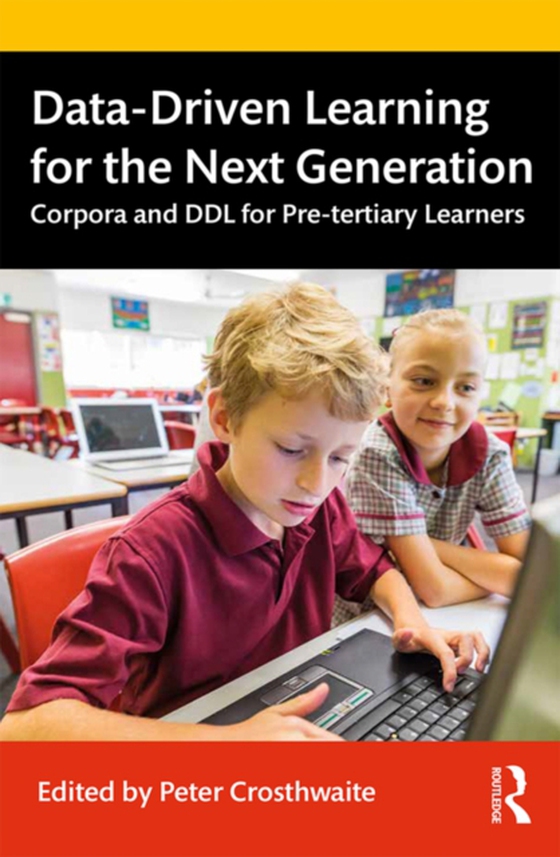
Data-Driven Learning for the Next Generation e-bog
329,95 DKK
(inkl. moms 412,44 DKK)
Despite advancements in and availability of corpus software in language classrooms facilitating data-driven learning (DDL), the use of such methods with pre-tertiary learners remains rare. This book specifically explores the affordances of DDL for younger learners, testing its viability with teachers and students at the primary and secondary years of schooling. It features eminent and up-and-co...
E-bog
329,95 DKK
Forlag
Routledge
Udgivet
21 oktober 2019
Længde
236 sider
Genrer
Bilingualism and multilingualism
Sprog
English
Format
pdf
Beskyttelse
LCP
ISBN
9780429759376
Despite advancements in and availability of corpus software in language classrooms facilitating data-driven learning (DDL), the use of such methods with pre-tertiary learners remains rare. This book specifically explores the affordances of DDL for younger learners, testing its viability with teachers and students at the primary and secondary years of schooling. It features eminent and up-and-coming researchers from Europe, Asia, and Australasia who seek to address best practice in implementing DDL with younger learners, while providing a wealth of empirical findings and practical DDL activities ready for use in the pre-tertiary classroom.Divided into three parts, the volume's first section focuses on overcoming emerging challenges for DDL with younger learners, including where and how DDL can be integrated into pre-tertiary curricula, as well as potential barriers to this integration. It then considers new, cutting-edge innovations in corpora and corpus software for use with younger learners in the second section, before reporting on actual DDL studies performed with younger learners (and/or their teachers) at the primary and secondary levels of education.This book will appeal to post-graduate students, academics and researchers with interests in corpus linguistics, second language acquisition, primary and secondary literacy education, and language and educational technologies.
 Dansk
Dansk

